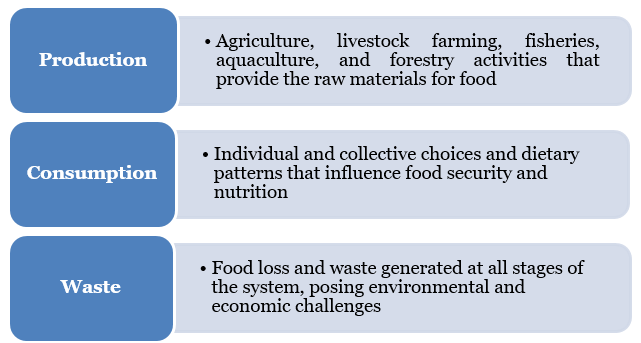A recent report by Global Alliance for Improved Nutrition (GAIN), calls for nutrition investments in the agri-food sector to reduce gender inequalities, increase productivity and enhance business resilience.

|
Investment in Nutritional Food value Chain |
|
Africa is the world’s largest producer of raw cashew nuts. South Asia has a high tomato production, with India being the world’s second largest producer.
To know more about Women Led FPO, Click here
In Gender Inequality Index (GII) 2022, India stands at rank 108 out of 193 nations and Global Gender Gap Index 2024 places India at 129.
The 2X Criteria is the global industry standard for assessing and structuring investments that provide women with leadership opportunities, quality employment, finance, enterprise support, and products and services that enhance their economic participation & access.